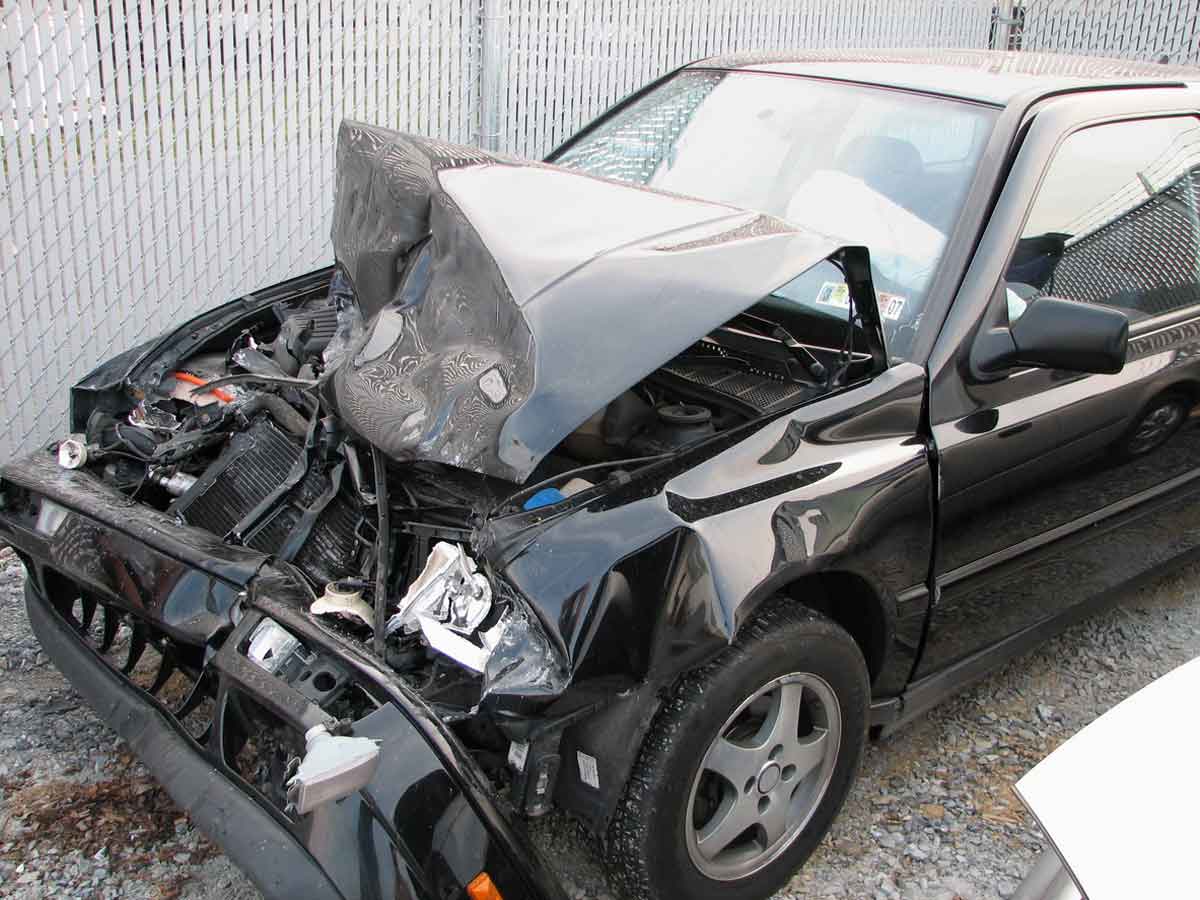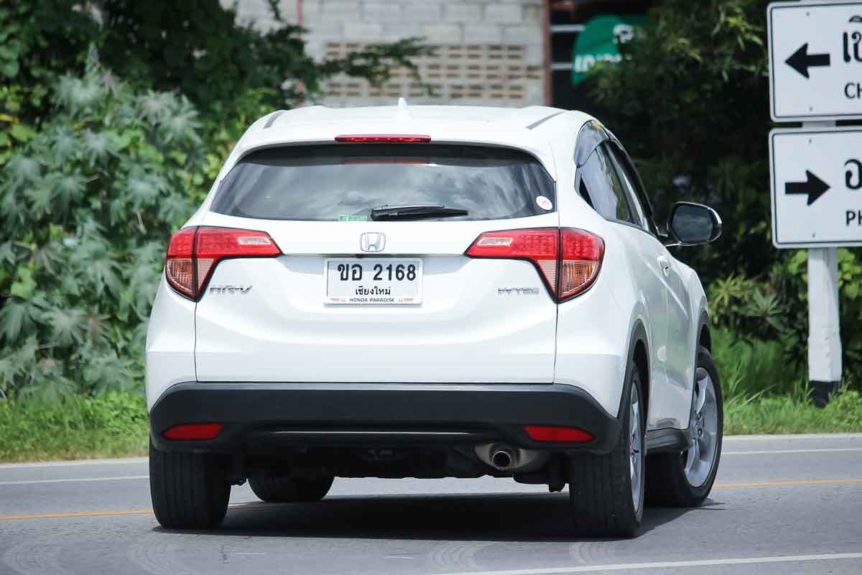Thankfully, almost every car accident in the U.S. is just a minor accident, like fender benders. But even the most minor of accidents can lead to big bucks in damages to your vehicle. Whether you’re involved in small accidents or head-on collisions, if the fault is on the other driver, you’re owed compensation. If so, you may need the services of an auto accident attorney.
This money can help you cover the costs to repair your motor vehicle after a car crash or even cover any medical bills that have piled up from your injuries. Then there’s the pain and suffering this auto accident has caused you and your loved ones.
Negligent drivers need to pay for their lack of attention or crazy driving behavior. They need to take responsibility for the harm they’ve caused. But, to get the compensation you deserve, you need to prove liability or who caused the car accident because of their negligent driving.
We’ll go over these important ideas regarding the liability of the automobile accident and what you need to prove that the other driver was negligent or liable for your pain and money loss.
What You Need to Know about Liability in an Automobile Accident

Being in an auto accident is messy, chaotic, and even terrifying. But amidst this tragedy, if you’re not seriously harmed, you’re going to have to pull yourself together so you can fight for your deserved compensation.
Most motor vehicle accidents are easily avoidable and due to one of the driver’s negligence. If so, you have a motor vehicle accident that is caused partially by the other driver and by you.
There are many situations in which a driver or drivers are careless and the result is a frightening auto accident. So, how does liability work in this case?
No Doubt Liability
No Doubt Liability is when there’s no doubt or very little doubt of who the negligent driver is. These types of auto accidents include:
- Rear End Collisions: Rear end collisions are when one driver runs into the back of another car. This is always the fault of the driver that rear-ends the other driver. While driving, you’re expected to leave a decent amount of space between you and the car in front of you. It’s suggested to leave room for another car in between you and the car in front of you. So, if they have to stop suddenly, there isn’t one of these accidents. They hit you so they’re liable for the damage done to your vehicle, even if you stopped quickly and without much warning.
- Left Turn Accidents: Left turn accidents refer to when a car is making a left turn and collides with a car that was driving forward. The car making the turn is responsible for checking for oncoming traffic so they can avoid these types of auto accidents. There are a few exceptions such as when the car driving forward runs a red light or is speeding.
- Traffic Violations: There are car accidents that result from one driver that’s obviously breaking traffic laws. The driver that is breaking a traffic law will always be at fault for the accident. Police reports help in situations such as these. If they gave any citations to the other driver for breaking a driving law, you can get a copy of the police report
Comparative and Contributory Fault
Comparative and contributory fault is when both drivers or multiple drivers are at fault for car accident cases. Each state follows one of these liability systems when there’s an auto accident.
- Comparative Fault: Comparative fault determines how much each driver is at fault for the accident. If two drivers are at fault, one driver is usually more careless than the other. An investigation will determine the percentage of each driver’s fault. Both drivers can then receive some monetary compensation. The amount will be based on the cost of damages and how much they’re at fault. They can receive the percentage of the full damages.
- Contributory Fault: Contributory fault is when you’re refused any compensation for your auto accident if you contributed at all to the collision—even if the other driver was much more at fault. Unfortunately, a few states still follow this idea of fault.
No-Fault Insurance
18 states require drivers to carry a “no fault” (also known as Personal Injury Protection) car insurance plan. This cuts down on court time over auto accidents and determines who’s liable for an accident.
Despite negligence and who’s at fault for an accident, each driver can be compensated.
However, these insurance plans limit you from the amount of medical expense money you receive as well as the amount you can receive from losing income or even funeral costs should there be a death.
When you receive compensation from your insurance company, this means you’re not allowed to ask for more money later for the pain and suffering that an accident has caused you.
This doesn’t mean you can’t bring a claim against the other driver if they were liable for the accident and your injuries are more severe than earlier suggested.
In order to step outside the no-fault system, however, there has to be a good reason.
Some of these reasons include:
- You’re left with a full disability for at least 90 days caused by your injuries from the auto accident.
- You have a permanent limitation of some part of your body or great limitation of some part of your body from the accident.
- You’ve received serious disfigurement from the auto accident.
Conclusion
When you’re involved in an auto accident, liability is an important aspect. The more your lawyer knows about the details, the better they can defend you whether it’s against an insurance company or against the other driver in court.
